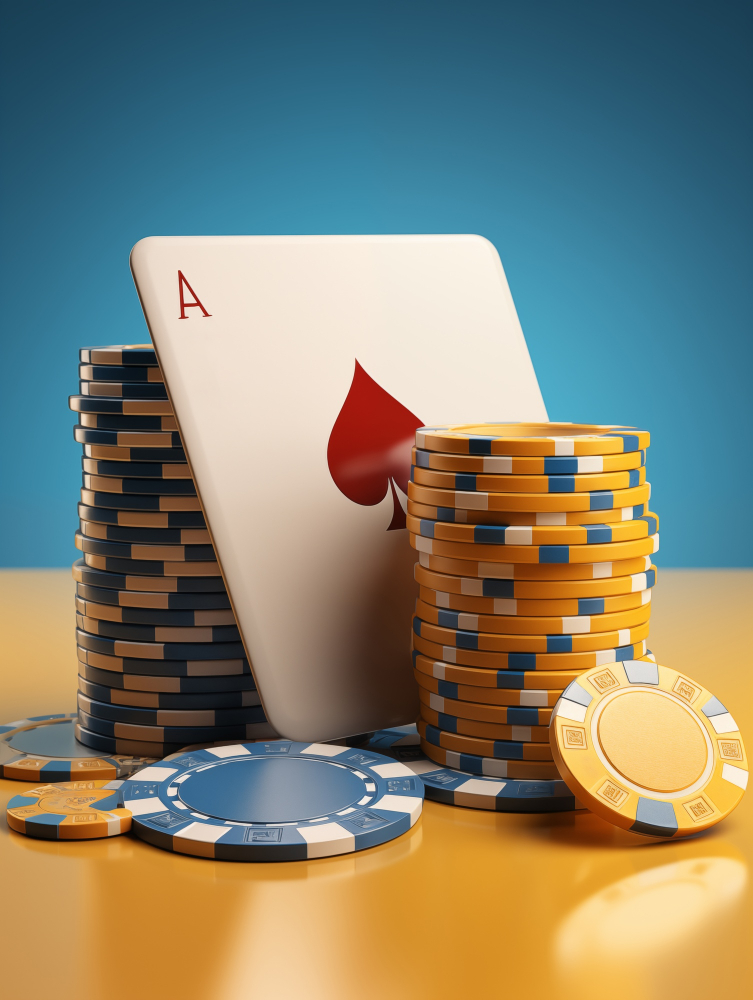Welcome to the delicious world of Canasta Cake – a game that combines strategic skill with a sprinkle of luck and a chunk of fun! Have you ever wondered, “Why is it called Canasta Cake?” You’re not alone. The name is as intriguing as the game itself. Read on for a quick guide to the game’s roots, rules, and how to get your game night started with a slice of this delightful entertainment.
Why Is It Called Canasta Cake?
The game, Canasta Cake, gets its unique name from an amusing blend of culinary creativity and card game terminology. ‘Canasta’ is a word of Spanish origin, meaning ‘basket,’ referring here to a meld of cards. The ‘cake’ part whimsically represents the layers or levels of strategy and fun packed into the game. Like preparing a cake, building a winning hand in Canasta requires time, planning, and a touch of flair.
Understanding the Basics: How to Play
Playing Canasta Cake involves creating melds (baskets) of cards with partners across several rounds (layers). Let’s break down the ingredients you need to start:
- Number of Players: 4 (in two teams)
- Deck: Two standard decks of cards (including jokers)
- Objective: Reach 5000 points first to win
From dealing the cards to scoring points, each step adds to the flavor of Canasta Cake.
Dealing the Cards
Each player is dealt 11 cards. The remainder of the deck forms the stockpile, with the top card turned face up next to it, beginning the discard pile.
Getting Started: Melding
A meld consists of at least three cards of the same rank. As players draw and discard, they aim to create and build upon these melds. A special meld containing seven cards is called a ‘canasta,’ offering extra points.
Wild Cards and Red Threes
Wild cards (jokers and twos) can be used to substitute any card in a meld. However, each meld must contain more natural cards than wild ones. Red threes are awarded bonus points but must immediately be placed on the table.
Ending a Round
A round ends when a player disposes of all their cards after forming at least one canasta. Final scores for each round combine point values of cards melded, bonuses for canastas, and deductions for cards left in hand.
Scoring Your Way to Victory
Here’s a simplified scoring chart to keep track of your delicious progress:
| Card Value | Points |
|---|---|
| Jokers | 50 |
| Aces and Twos | 20 |
| K, Q, J, 10, 9, 8 | 10 |
| 7, 6, 5, 4, Black 3s | 5 |
| Red Threes | 100 (200 if all four are collected) |
Remember, reaching 5000 points first takes the cake!
Wrapping Up the Fun
Now that you know why it’s called Canasta Cake and have a taste of how to play, it’s time to gather your team, shuffle the deck, and dive into the layers of strategy and enjoyment baked into this classic game. Whether you’re playing for fun or competitive spirit, Canasta Cake promises a serving of excitement and laughter. Let the games begin!
